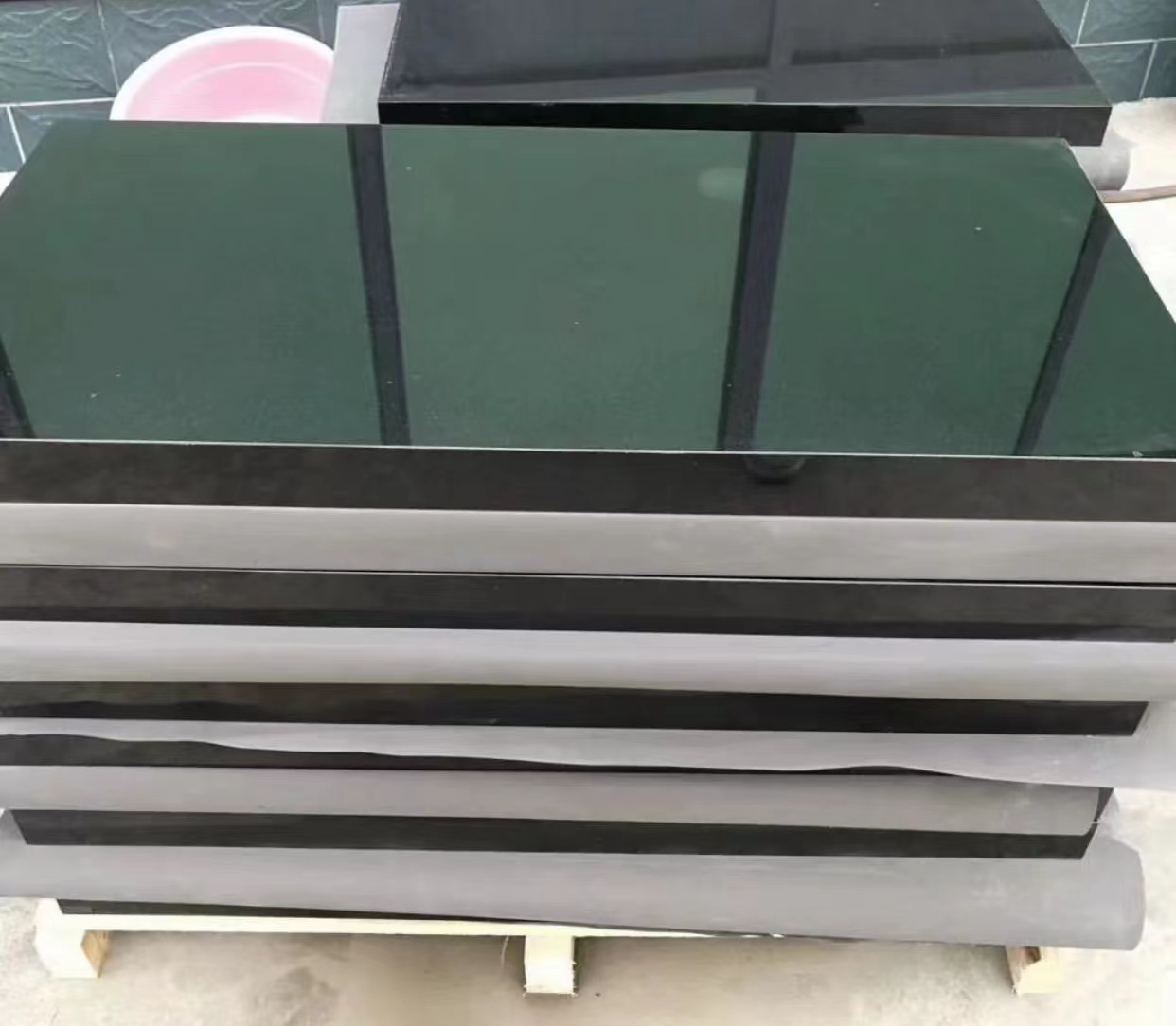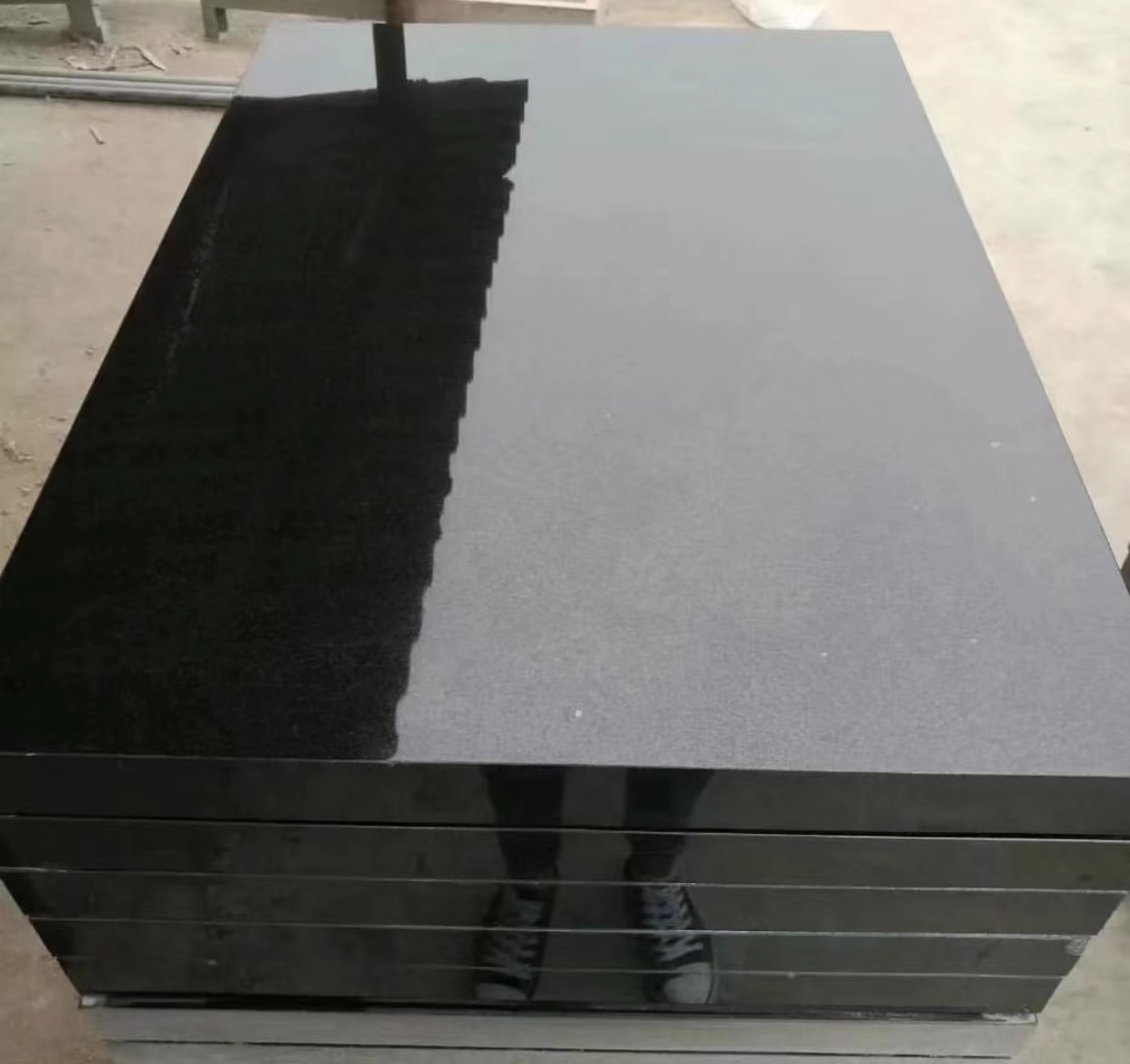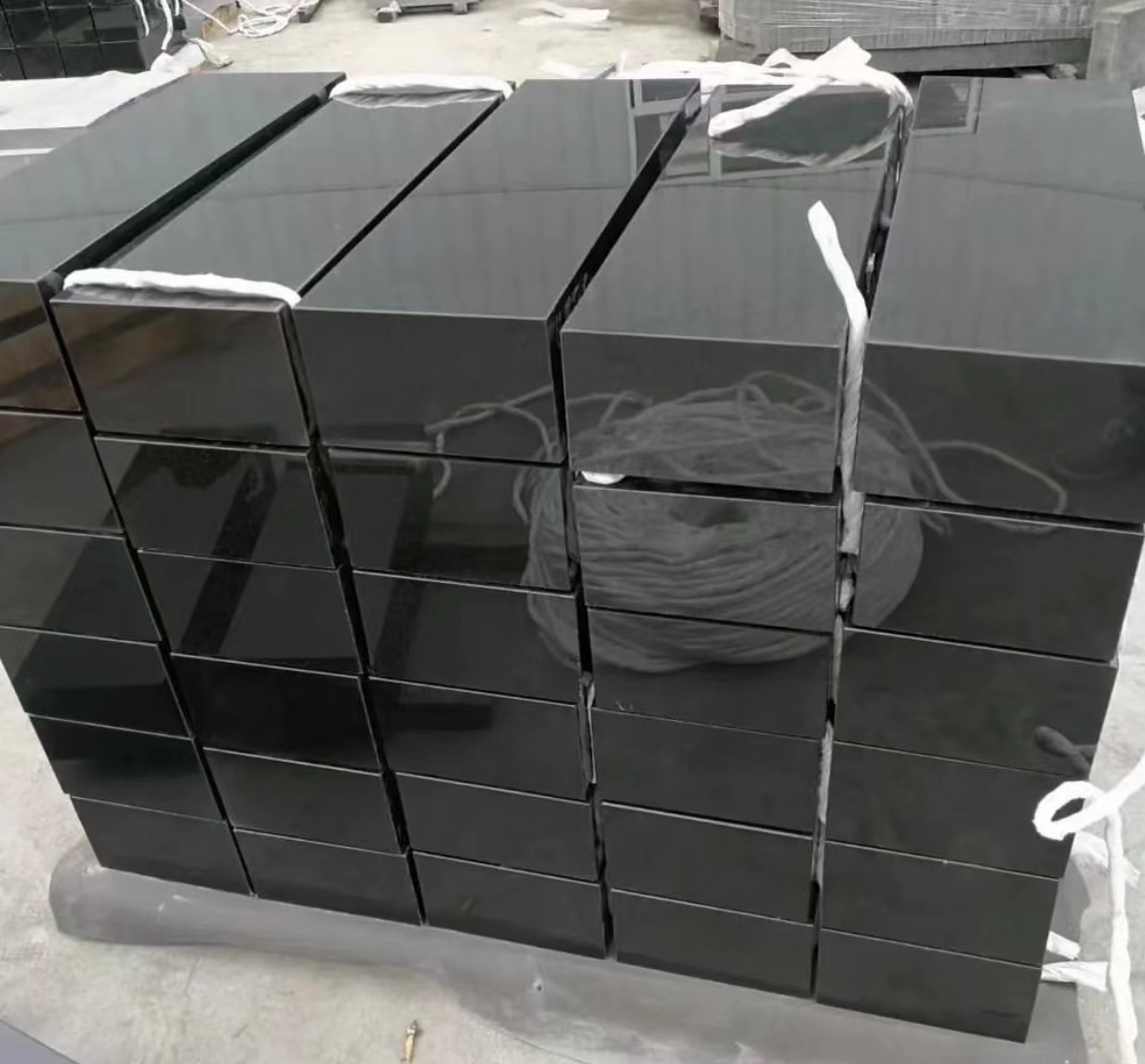owin stone-the history of granite black stone in the world.
Owin Stone-the history of granite blackstone in the world.
In 1962, after South Africa's Dark Black was first exported from South Africa to Italy, this black granite was called Nero Assoluto, which was translated by the Italian as pure black. Other names to choose from include: South African Ebony, South African Black, and Prairie. Many black granites produced in South Africa are rich in small mineral particles, which make them look very similar to the Cambrian black produced in Canada. Some of the less black natural stones have mineral crystals that twinkle with a silver like star light.

In the 1860s, black granite mined from Italy, Angola, China, India, South Africa, Zimbabwe, and some other countries was commonly referred to as Nero Assoluto. Therefore, unless there are particularly prominent characteristics, the stone you see may come from any country.
See more from: https://www.owinstone.com/
Zimbabwean black granite has a dense structure, a hard texture, good acid and alkali resistance, and good weather resistance, which can be used outdoors for a long time. The characteristics and advantages of granite also include high bearing capacity, compressive strength, and good grinding ductility. It is easy to cut and mold, and can create thin plates and large plates. It is generally used in places such as floors, steps, bases, steps, cornices, etc., and is mostly used for decoration of outdoor walls, floors, and columns.
In the late 1860s, India began to export high-grade pure black granite. By the late 1970s, in some monumental buildings, Indian pure black granite had been widely used, and the export volume of large slabs had also increased sharply. The best quality and reasonable price pure black granite is produced in southern India. However, some of these black granites are very delicate, such as Kaman Black. Careful protective measures should be taken when using them in some projects, even kitchen counter panels can be scratched or worn.

Unlike basalt, many of these black granites contain crystal structures that are visible to the naked eye in the size of rice grains. It is precisely for this reason that their color does not appear as deep as black basalt. Some buyers prefer this quality of black granite because its appearance looks more natural than pure black basalt. The pure black basalt looks like a processed artificial material. However, it is the purchaser's right to choose which stone material to use. In the past 30 years, these black granites produced in India have been more widely used in monumental buildings than black granites from other regions. Their own quality and durability are the best proof.
Some of the black granites produced in India are well known, such as Black Sands. Black gold sands are produced in the Angolan region of India. Its background color is black with high purity, evenly dotted with some bright crystals. The reserves of Black Gold Sand are not large, so its output is far from meeting demand. Its golden highlights are due to its rich content of ferrous compounds. Black gold sands are generally divided into three types according to the size of their gold dots: large flowers, medium flowers, and fine flowers.
There are more than forty Black Gold Sand mining areas on land, approximately 400 acres. Each mining area is between approximately 2-20 acres and produces approximately 3500 to 4500 CBM per month. Only 40% of the stones meet the standard of what we commonly call a sand saw. The specifications of sand saws are generally 2.40m x 1.20m x 1.00m or more. Black gold sands are frequently traded as commodities due to their extensive mining. The preferred raw material is relatively rare and has a higher price. Like all natural stones, black gold sand is also affected by some geological factors, with irregular texture veins. It must be emphasized that it is normal for some large boards to have one or two color lines. There are also other countries and regions that produce black granite, such as Brazil, Canada, Finland, Iran, Namibia, Spain, Transkei, Ukraine, and the United States. Some granites are sold under black names, such as Panama Black in South Africa, G654 in China, sesame black, and so on. Judging by their color. Rather, it should be dark gray rather than black. It must be acknowledged that some of these black granites are already the most popular black granites in the world. And is widely used in some prestigious projects. Therefore, if the use of these natural stones is prohibited in China, it is difficult for people to understand.
See more from: https://www.owinstone.com/


